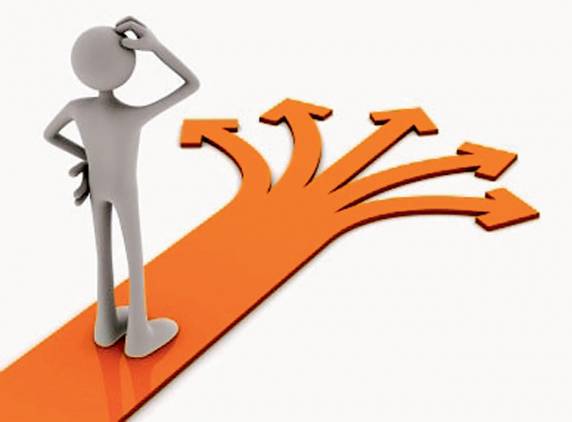fjrigjwwe9r3SDArtiMast:ArtiCont
is abortion legal in the us
is abortion legal in the us?
website >
It is that time of the year when many salaried people get their annual performance bonuses. Many of us may have already chalked out plans to use this surplus. Before you blow it away, consider these options. Choose the one that best suits your financial circumstances and life stage.
|
 |
1. PREPAY YOUR HOME LOAN
If you have a home loan, use the bonus money to make a partial prepayment. Even though there is a strong possibility of interest rates coming down, it makes no sense to be paying 10-10.5% on your home loan. But make sure you bring down your loan term and not the EMI. You can save big this way. A prepayment of Rs 50,000 shaves more than 2 years off a 20 year loan of Rs 10 lakh at 10.5%. What’s more, the RBI has now abolished prepayment penalty.
2. START SAVING TO BUY A HOUSE
Real estate prices are high but are likely to plateau now. If you look around, you might be able to land a good deal. Put the money in a debt fund. It will come handy when you go shopping for a house. If you have saved enough, a bigger down payment will allow you to dictate terms to the seller. Besides, you will have to take a smaller loan, which means a shorter tenure or a lower EMI.
3. BUILD AN EMERGENCY FUND
The economy is not in a good shape. What if you lose your job? Or there is a medical emergency? You cannot prevent these events, but at least you can be prepared to deal with them. Build a contingency fund that can be accessed at short notice. Experts say you need to have an emergency fund to cover at least 4-6 months’ expenses. Put the money in a debt mutual fund or a sweep-in bank account.
4. REVIEW YOUR INSURANCE COVER
When was the last time you figured out your insurance needs? The life insurance policy you took five years ago may not be enough to cover your family’s needs today. Runaway inflation would have chewed up its purchasing power. Use the bonus money to buy more insurance if your liabilities have increased. Take a term plan with an annual payment mode. If you do not have financial discipline, buy a single premium plan. But this is costlier because it requires you to pay the entire amount upfront.
5. START SIP IN AN EQUITY FUND
The markets are looking shaky and could slip once again. The best way to invest in such a situation is to opt for a monthly SIP in a good quality equity fund. How do you do that with a lumpsum amount? Simple, invest in a debt fund and then start a systematic transfer plan in an equity fund from the same fund house. This is better than keeping the money in the bank because instead of 4%, it has the potential to earn 9-10% in the debt fund as it waits to shifts to equity every month.


